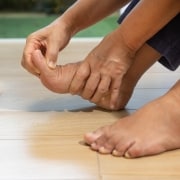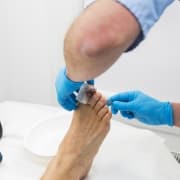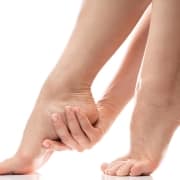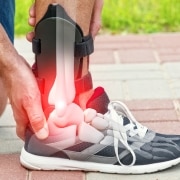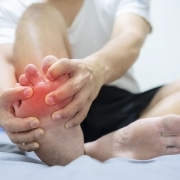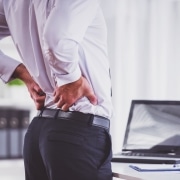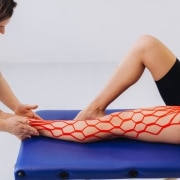Are Your Shoes Causing Your Foot Pain?
At times, the question of whether your shoes are causing pain is a no-brainer. If you’re wearing extravagantly high heels or too-small loafers, the answer is pretty clear. Other times, the connection is far less obvious. If you’ve been experiencing foot pain in Austin, TX without making any recent changes to your footwear or habits, we’ll look at why shoes might still be the culprit.
The Wrong Kind of Support
Your shoes won’t last forever, especially if you tend to put a lot of wear and tear on them. Plus, if you don’t always switch up your shoes for different activities, such as donning cleats for soccer or adjusting your running shoes for the trail, you can see the cumulative effects of those choices over time.
As you consider the type of support you get from different kinds of shoes, be careful not to make assumptions. For example, flip-flops might seem like perfectly harmless footwear. After all, they’re designed to slip on and off. Plus, they probably feel relatively comfortable walking around. However, flip-flops force your toes to curl over as you walk. The extra pressure means that even if you limit them to poolwear only, you can start to have problems over time.
Style and Fit
It’s easy to choose shoes that are in style, particularly when people have high-profile jobs or lifestyles. However, shoes that cramp your feet can cause more than just a few blisters. From unsightly bunions to painful plantar fasciitis, opting for shoes that fit your feet is important.
Seek Advice in Austin, TX
Foot pain can be caused by any number of factors, and unfortunately, it may seem to appear out of nowhere. Whether the problem is related to nerve, muscle, or bone, foot pain is compounded by every step you take.
If you have foot pain that doesn’t seem to be getting any better, you shouldn’t keep hoping it will go away on its own. The right doctor can tell you whether your shoes are the problem and, if so, which ones make more sense for you. If you’re looking for a podiatrist in Austin, TX, contact the offices of Dr. Jeffrey Lamour, DPM.




